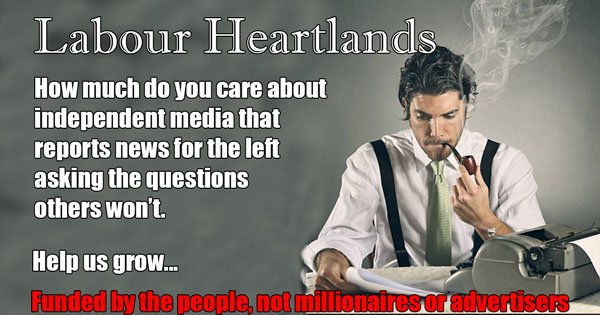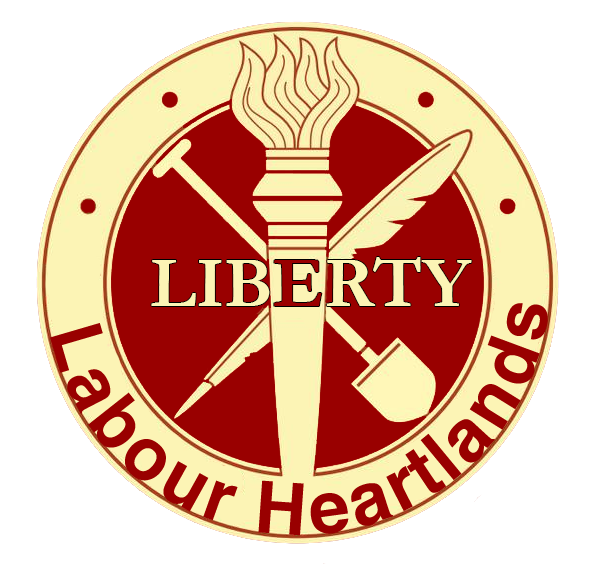In England, Scotland and Wales the voting system for the European elections is the d’Hondt system of proportional representation – regional closed list. In Northern Ireland the system is Single Transferable Vote.
Since 1999 voters in Britain have elected MEPs under a proportional representation system. The European Parliamentary Elections Act of that year introduced a regional list system with seats allocated to parties in proportion to their share of the vote.
In the last elections, in 2014, all MEPs in the European Parliament were elected under some form of proportional representation. Differences exist between Member States for example in the methods used (eg. Droop quota, d’Hondt system, Single Transferable Vote) or in the constituency unit (regional or national).
Proportional Representation – regional closed list
This means that political parties put forward names of candidates in rank order, the number of candidates being no more than the number of seats allowed for each region.
The ballot paper lists the parties’ names (and their candidates under the party name), and any independent candidates. Put a cross next to the party or independent candidate that you wish to vote for.
How are the seats allocated in European elections in the England, Scotland and Wales?
[fusion_youtube id=”6CU3F3ToIIg” alignment=”center” width=”” height=”” autoplay=”false” api_params=”” hide_on_mobile=”small-visibility,medium-visibility,large-visibility” class=””][/fusion_youtube]
Illustrative example
If there are five parties contesting five seats in one region and the votes are cast as follows:
A Party: 100 votes
B Party: 80 votes
C Party: 40 votes
D Party: 20 votes
F Party: 10 votes
Seat 1: A Party has the most votes so it gets the first seat.
The seat goes to the candidate at the top of A Party’s list.
(Independent candidates are treated as a list with only one candidate)
Seat 2: the number of votes for A Party is now divided by two (the number of seats the party has plus one).
A Party: 50 votes
B Party: 80 votes
C Party: 40 Votes
D Party: 20 votes
E Party: 10 votes
B Party now has the most votes so it gets the second seat.
The seat goes to the candidate at the top of B Party’s list.
Seat 3: the number of votes for B Party is now divided by two (the number of seats the party has plus one).
A Party: 50 votes
B Party: 40 votes
C Party: 40 votes
D Party: 20 votes
E Party: 10 votes
A Party still has the highest number of votes, despite being halved, so it gets the third seat.
The seat goes to the second candidate on A Party’s list.
Seat 4: the original number of votes for A Party is divided by three (the number of seats the party has plus one).
A Party: 33 votes
B Party: 40 votes
C Party: 40 votes
D Party: 20 votes
E Party: 10 votes
As B Party and C Party have the highest number of votes, they will get the fourth and fifth seats.
B Party’s seat goes to the second candidate on its list.
C Party’s seat goes to the first candidate on its list.
Final result
A Party: 2 seats
B Party: 2 seats
C Party: 1 seat
D Party: 0 seats
E Party: 0 seats
How many candidates does my region have?
The UK’s MEPs represent different regions of the country. Again this is according to proportional representation with the regions with more people getting more MEPs.
East Midlands Region – 5 MEPs
Eastern Region – 7 MEPs
London Region – 8 MEPs
North East Region – 3 MEPs
North West Region – 8 MEPs
Northern Ireland – 3 MEPs
Scotland – 6 MEPs
South East Region – 10 MEPs
South West Region – 6 MEPs
Wales – 4 MEPs
West Midlands Region – 7 MEPs
Yorkshire and the Humber – 6 MEPs
Single Transferable Vote (STV)
How are the seats allocated in Northern Ireland?
In Northern Ireland the system is Single Transferable Vote.
The ballot paper lists the name of each candidate and their party name. Rank the candidates in order of preference, a 1 next to your first choice, a 2 next to your second, and so on, ranking as many as you wish.
Support Independent Journalism Today
Our unwavering dedication is to provide you with unbiased news, diverse perspectives, and insightful opinions. We're on a mission to ensure that those in positions of power are held accountable for their actions, but we can't do it alone. Labour Heartlands is primarily funded by me, Paul Knaggs, and by the generous contributions of readers like you. Your donations keep us going and help us uphold the principles of independent journalism. Join us in our quest for truth, transparency, and accountability – donate today and be a part of our mission!
Like everyone else, we're facing challenges, and we need your help to stay online and continue providing crucial journalism. Every contribution, no matter how small, goes a long way in helping us thrive. By becoming one of our donors, you become a vital part of our mission to uncover the truth and uphold the values of democracy.
While we maintain our independence from political affiliations, we stand united against corruption, injustice, and the erosion of free speech, truth, and democracy. We believe in the power of accurate information in a democracy, and we consider facts non-negotiable.
Your support, no matter the amount, can make a significant impact. Together, we can make a difference and continue our journey toward a more informed and just society.
Thank you for supporting Labour Heartlands









